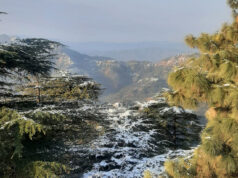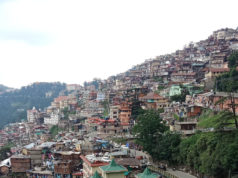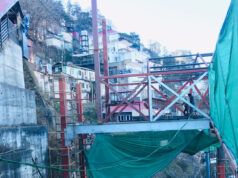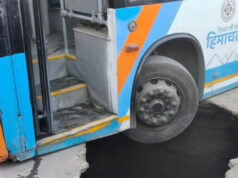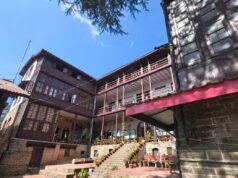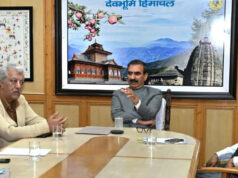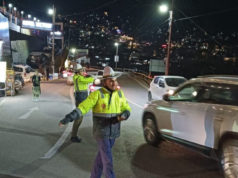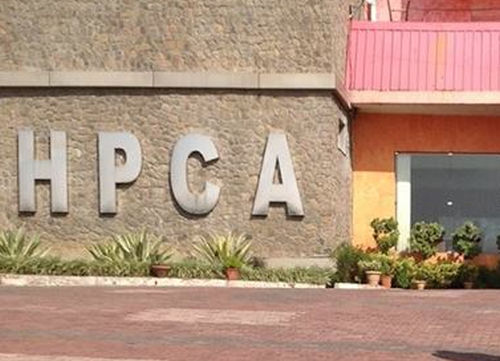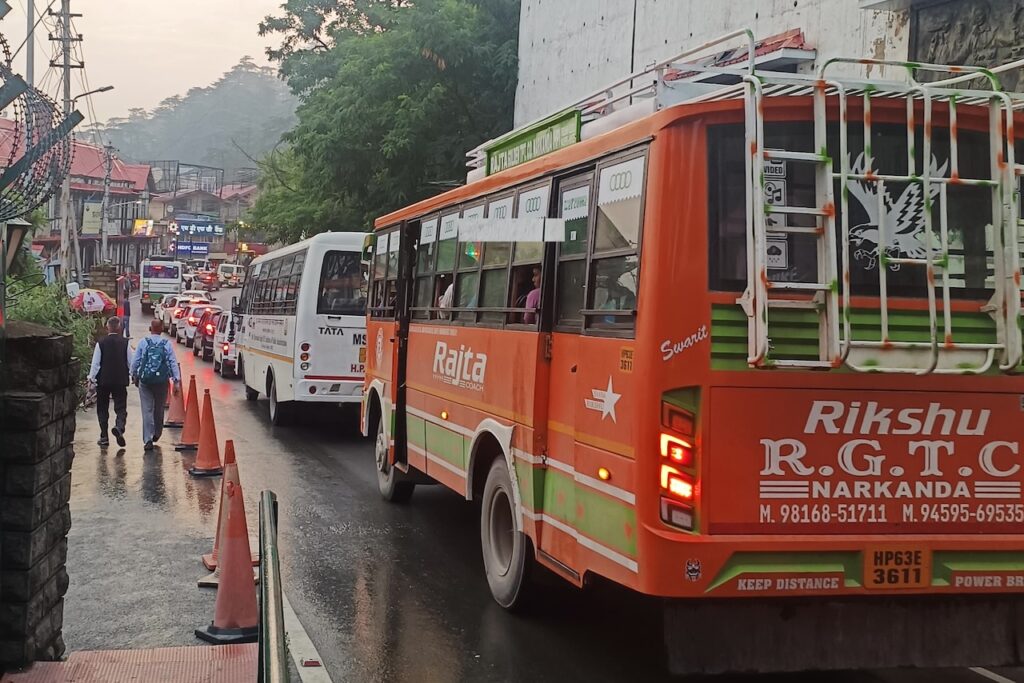
Shimla: In one of the worst traffic jams of the summer season, Shimla came to a near standstill on Sunday as vehicles crawled from Kachighatti to Dhalli, leaving thousands of commuters and tourists stranded for hours. Roads across the city were choked since morning, once again exposing the crippling traffic mismanagement and buckling infrastructure of Himachal’s capital during the peak tourist rush.
From Khalini, BCS, Kasumpti, and Panthaghati to the Shimla-Dhalli bypass, key arteries of the city remained paralysed with bumper-to-bumper traffic throughout the day. Even inner-city routes such as Victory Tunnel–Lakkar Bazaar–Sanjauli were completely gridlocked, cutting off smooth movement between major hubs.
Daily commuters bore the brunt of the collapse. Varsha Sharma, who travels daily from Solan to Shimla for work, shared her ordeal:
“I left Solan at 7:30 am and reached my office in Shimla by 11:30. It took me four hours to cover just 50 km. This has become impossible. Every day is worse than the last.”
The massive influx of tourist vehicles from neighbouring states, combined with reckless roadside parking, brought the city’s narrow hill roads to a halt. “It’s not just about jams anymore — it’s a complete breakdown,” said a Panthaghati resident.
The problem, however, is not new. Shimla’s narrow roads, unchecked tourist vehicle influx, and haphazard roadside parking have long made the city a nightmare during the summer tourist rush. During peak hours, it often takes over two hours to travel the short 10-km stretch from ISBT Shimla to Dhalli — a route that should ideally take less than 30 minutes.
Tourists, who come to Shimla to escape the heat of the plains, are greeted by traffic chaos instead. Social media platforms were flooded today with complaints from visitors stuck on jammed roads, missing hotel check-ins, or cancelling sightseeing plans altogether.
“We thought Shimla would be peaceful, but this is worse than Delhi’s traffic,” said a tourist from Chandigarh, stranded near Sanjauli.
According to research by the Centre for Sustainable Mobility and Urban Planning, Shimla has seen a 300% increase in vehicle registrations over the last two decades, while its road infrastructure has remained virtually unchanged. With no major roads added and a severe lack of parking, the city is incapable of handling the rising vehicular load, especially during tourist seasons.
The study also highlights that Shimla’s core roads now operate far beyond their designed capacity, especially from May to July.
“The average vehicle speed during the tourist season drops to less than 10 km/hr on major routes,” the report warns, identifying the ISBT–Lakkar Bazaar and Sanjauli–Dhalli corridors as the worst affected.
Experts have also flagged unregulated roadside parking, poor enforcement, and the absence of a reliable public transport system as key factors worsening the crisis.
“The administration talks about decongesting Shimla every year, but there is no real action. Tourists keep driving into the city core and locals pay the price,” an expert said.
Even after years of discussions, recommendations such as park-and-ride systems, improved public transport to tourist spots, and penalties for illegal parking have seen little to no implementation. Shimla still lacks a real-time traffic monitoring and control system — a basic necessity for any tourist-driven urban center.
This unchecked congestion is now taking a toll on Shimla’s economy and reputation. Tour operators, hoteliers, and local businesses are reporting increasing dissatisfaction among tourists, some of whom are now choosing quieter alternatives in Himachal and Uttarakhand.
The Himachal Pradesh government had earlier proposed ropeways, satellite parking, and even pod taxi systems, but most of these remain buried in feasibility reports and paperwork.
With the monsoon season approaching, citizens fear that landslides and waterlogging will only worsen the already fragile mobility situation. “Shimla is choking — not just on traffic but on years of administrative apathy,” said a shopkeeper near Lakkar Bazaar.
For now, the city waits — frustrated and gridlocked — stuck not just in traffic, but in a policy jam with no way out in sight.


